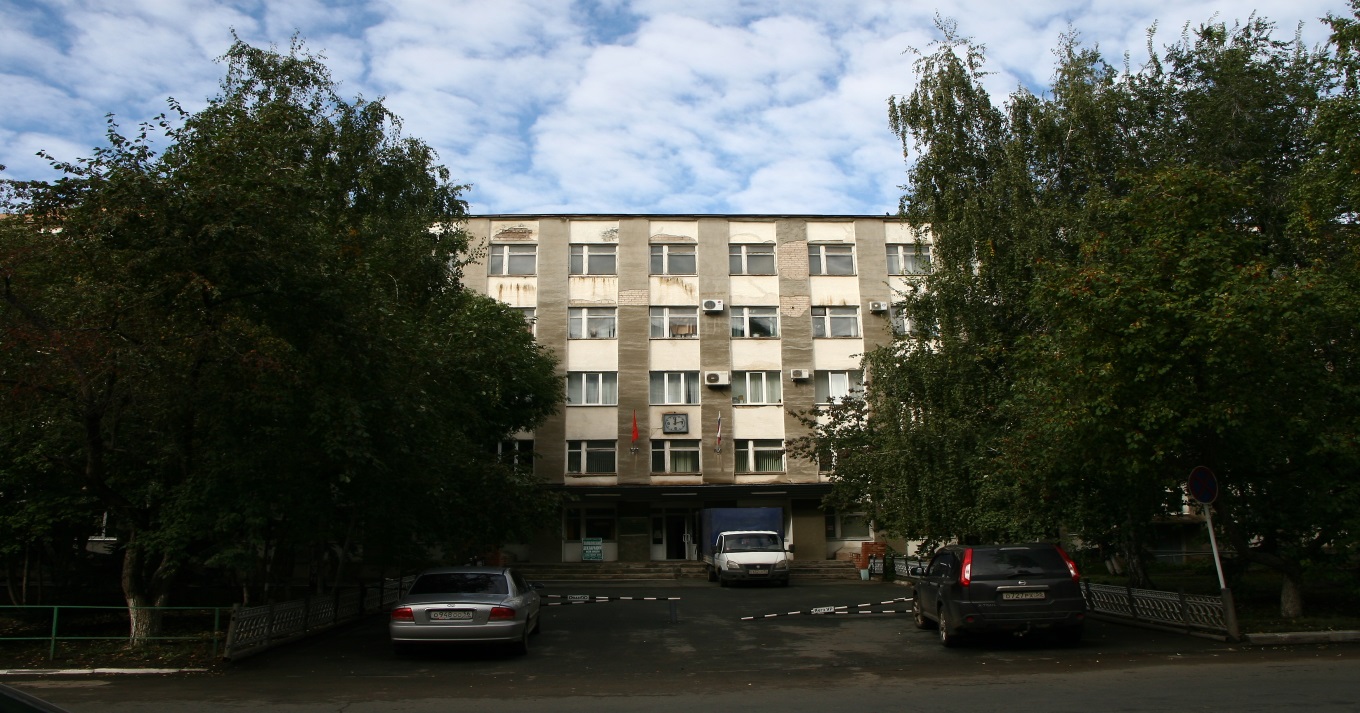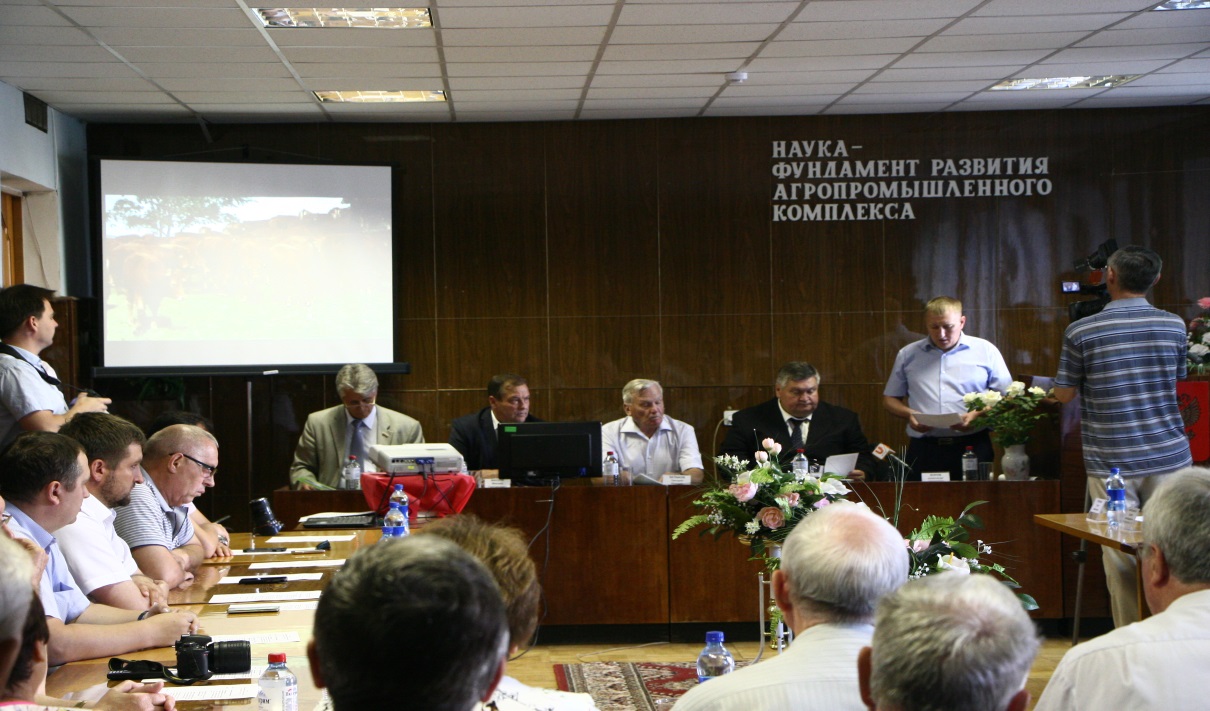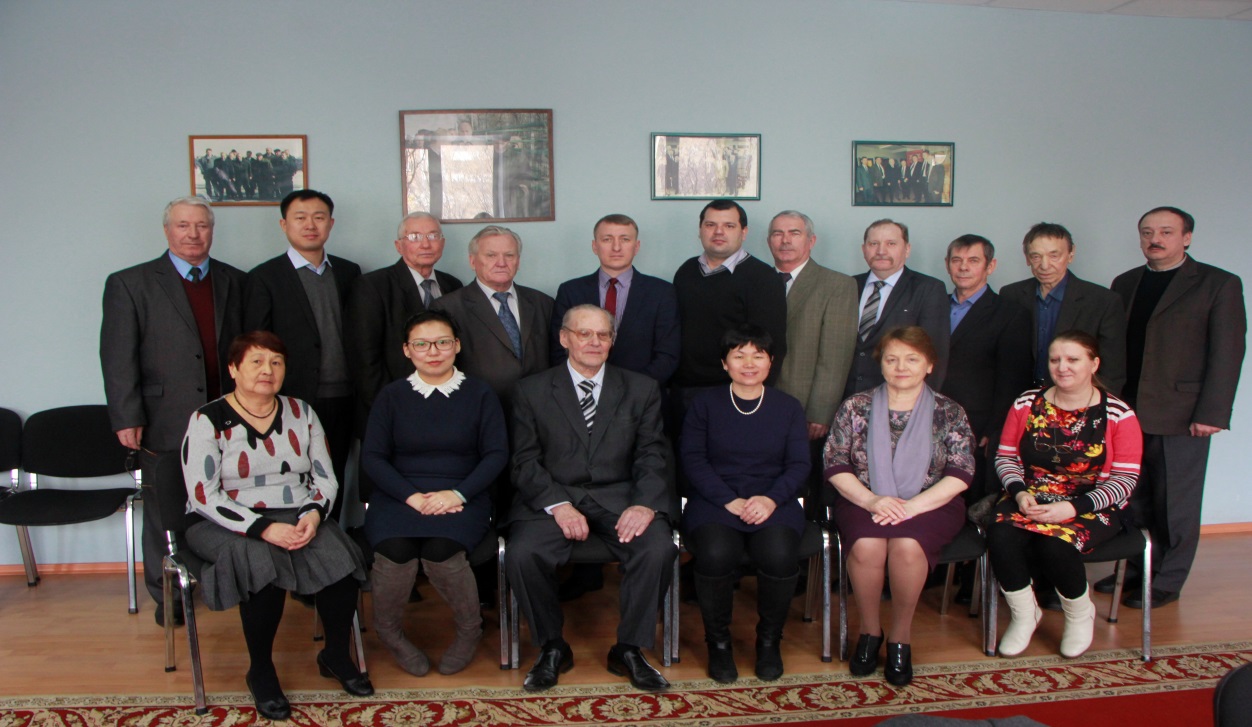Orenburg Agricultural Research Institute
The Orenburg Agricultural Research Institute, established in 1973 on the basis of the Orenburg Regional State Agricultural Experimental Station, established in August 1937 to conduct research and provide the region's farms with high-quality grain seeds and forage crops. In 2017, the Orenburg Research Institute of Agriculture was affiliated with the All-Russian Research Institute of Meat Pastoralism and became a structural unit of the Federal State BudgetAry Science Institution "Federal Research Center for Biological Systems and Agricultural Technology of the Russian Academy of Sciences." Scientific activities of the institute: conducting fundamental and priority applied research on agriculture, crop production, breeding, seed production, fodder production, livestock; The creation and introduction of high-yielding crop varieties and improved cultivation technologies; Develop techniques to increase soil fertility; Scientific support for the agro-industrial complex of the region; providing the region's farms with seeds and planting material of higher reproductions.

The Institute's activities are guided by the following objectives: to fully promote the development of science in agriculture; Strengthening the links between science and manufacturing; Participation in innovation, implementation of advances in science and technology; publication of scientific papers, conference materials, guidelines, monographs and other scientific and technical products; scientific and advisory services. The main purpose of the Institute's activities is to conduct fundamental, search and applied research, to implement advances in science and best practices aimed at gaining new knowledge in the field of agriculture, contributing to the technological, economic and social development of the agro-industrial complex. The Orenburg Agricultural Research Institute is involved in the creation and introduction of major crops and hybrids; develop breeding and genetic methods aimed at speeding up the breeding process and improving its effectiveness; long-term forecasting of cereal yields to justify the time of the drought, its intensity and duration; development of agro-technical techniques and zonal crop cultivation technologies; primary seed production, production and sale of seeds of created varieties; Increasing meat and dairy productivity of cattle; breeding a new type of breed of white Orenburg down goats.
The main achievements of the institute include the development of methods of predicting crop yields and mathematical modeling of the optimal parameters of their agrocenosis, to improve cultivation technologies. On the basis of theoretical studies, the methodology for the formation of agroetotype of the variety in the steppe zone of the Urals and the methodology of adaptive selection of spring wheat in Orenburg Urals have been developed.

Breeding work with grain crops at the Institute has been carried out since 1937. More than 50 varieties of wheat, barley and millet have been withdrawn and transferred to the state test, of which 28 varieties are districted; 30 patents have been obtained. Mathematical processing of long-term breeding studies has allowed to justify and develop models of varieties of spring soft wheat, spring hard wheat and spring barley for the forest steppe and steppe zones of Orenburg region. The scientific justification of the zones of optimal production placement and creation of deep processing centers for high-quality spring solid wheat grains in the region has been given. Effective scientifically sound, environmentally friendly zonal technologies for grain cultivation, soil-protection technologies, fertilizer application systems, biological techniques to increase soil fertility, crop rotation schemes adapted to local soil and climatic conditions have been developed; it is possible to use permanent crops in the S.H.V. Cultures. Improved raw conveyor of production of high-quality green and concentrated feed, balanced on nutrients, developed techniques of cultivation of spring barley with the use of modern growth regulators, techniques of cultivation adaptive to the conditions of Orenburg region varieties of peas using optimal timing of sowing. Ways to increase the efficiency of milk and meat production by using the natural resources of the best foreign and domestic breeds of livestock have been developed.

Today, the institute comprises the following departments and laboratories:
1. Department of Agriculture and Resource-Saving Technologies.
2. Cereal Technology Division.
3. Grain Breeding and Seed Division.
3.1. Spring Wheat Breeding Laboratory.
3.2. Spring Barley Breeding Laboratory.
3.3. Mill breeding laboratory.
3.4 Primary Seed Laboratory.
4. Feed Culture Technology Division.
5. Potato Department.
6. Livestock Division.
7. Laboratory of Agroecology and Soil Science.
Field experiments are laid in the central zone of the region on two experimental fields (Chebenka, Nezhinka) and in the eastern zone of the region in the Soviet Russia FGUP, which is under the scientific and methodical subordination of the institute. Analyses of soil, plant, grain samples and zoo analysis are carried out in the test center of the CENTRAL Committee of the BLS RAS, equipped with the necessary devices and equipment. The final consumers of the institute's products are: the Russian Ministry of Agriculture, the Ministry of Agriculture, Food and Processing Industry of Orenburg Region, and the Russian federation. The results of the research can be used by agricultural managers, researchers, teachers, graduate students and students.